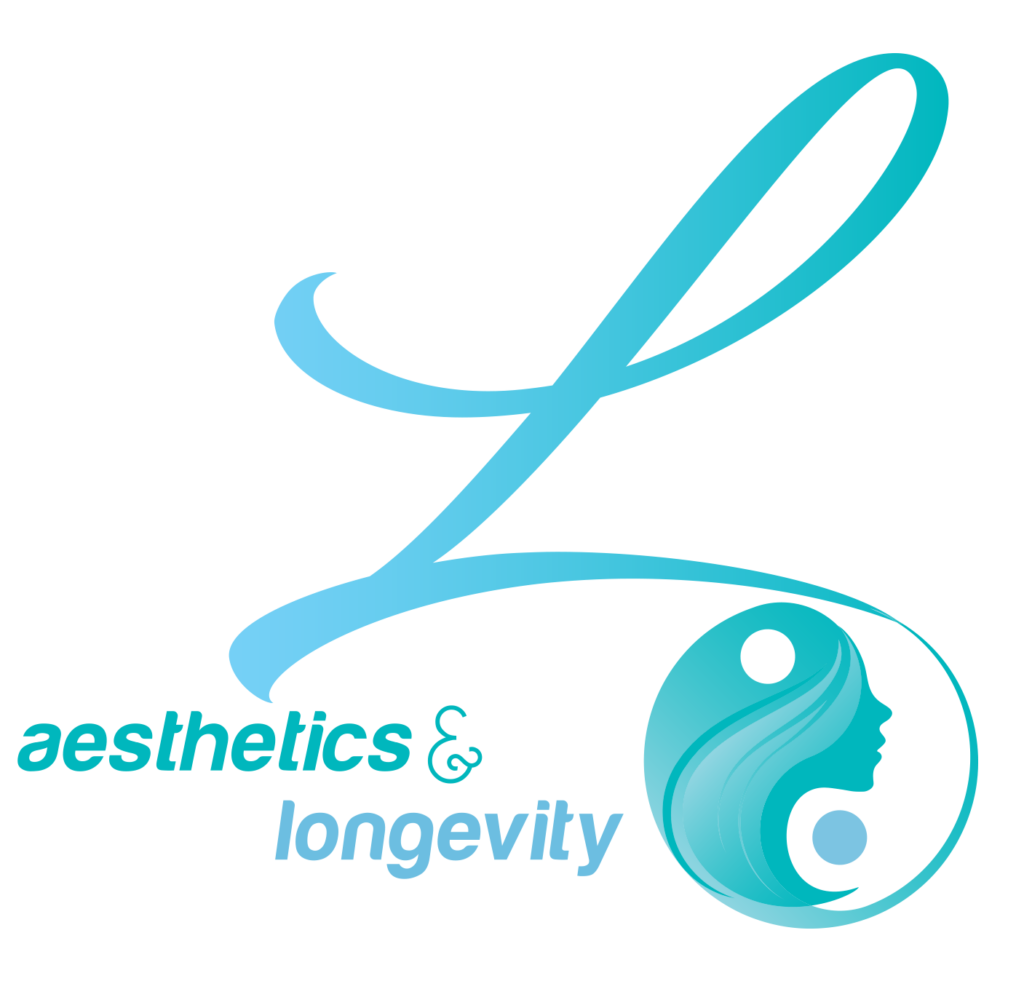Red Light Therapy
Also known as photobiomodulation or low-level laser therapy, is a non-invasive treatment that uses specific wavelengths of red light to stimulate cellular activity in the body. Here are some key things you need to know about red light therapy:
How It Works
Red light therapy works by penetrating the skin with specific wavelengths of red light, which are absorbed by the mitochondria in our cells. This stimulates the production of ATP (adenosine triphosphate), which is the energy source for our cells. This, in turn, stimulates cellular activity, which can help improve circulation, reduce inflammation, and promote healing.
Benefits
Red light therapy has been shown to have a variety of benefits, including reducing pain and inflammation, improving skin health, increasing collagen production, and promoting wound healing. It has also been used to treat conditions such as arthritis, fibromyalgia, and psoriasis.
Safety
Red light therapy is generally considered safe, with few reported side effects. However, it is important to follow proper safety protocols, such as avoiding looking directly at the light source and wearing protective eyewear.
Devices
Red light therapy can be administered through a variety of devices, including light panels, handheld devices, and full-body beds. The effectiveness of the treatment depends on the device used, the wavelength of light, and the duration and frequency of treatment.
Precautions
Red light therapy may not be suitable for everyone, especially those with certain medical conditions or taking certain medications. It is important to talk to your doctor before starting red light therapy, especially if you are pregnant, have a history of skin cancer, or have epilepsy.
Overall,
Red light therapy is a safe and effective treatment option for a variety of conditions. However, it is important to use caution and consult with your doctor before starting any new treatment.
